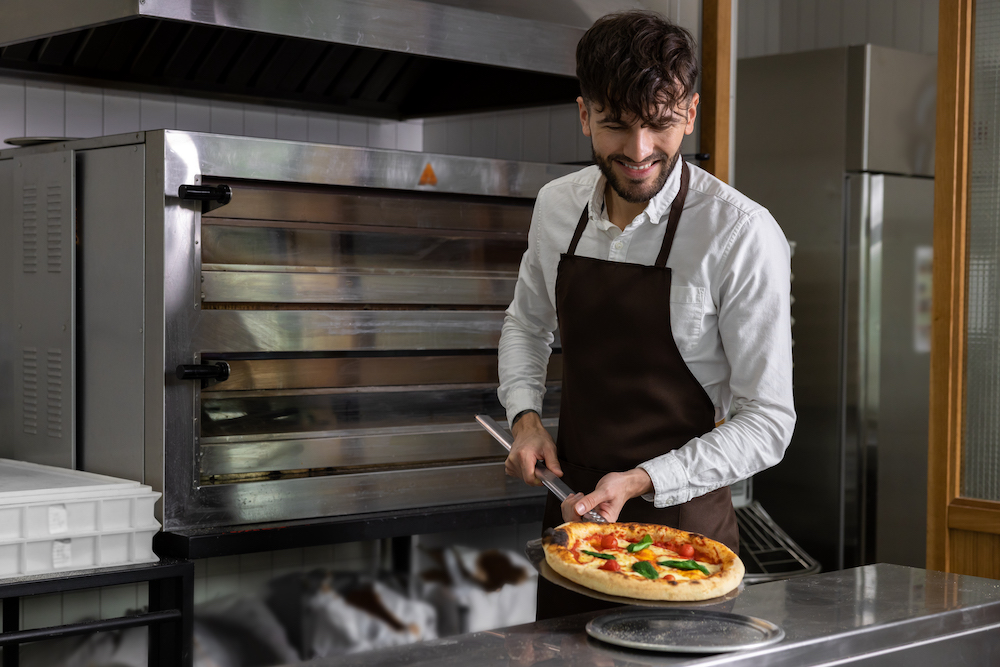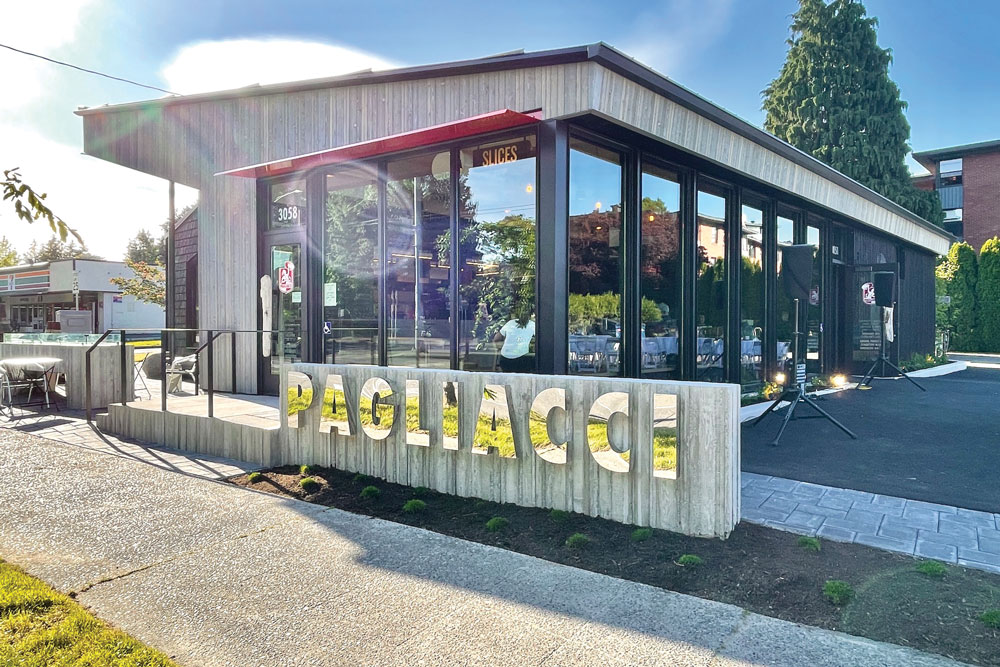By Clement Feng
We all know pizza is a crowd favorite. Whether customers are dining in, carrying out or ordering delivery, pizza is a reliable, go-to food for nearly every occasion. But how can pizza operators keep going when they are faced with a power outage? It’s a tough challenge to manage since it happens all year long due to a variety of reasons—from high winds, heavy rains, snow and ice storms to utility-mandated rolling brown or black-outs needed to relieve overburdened grids.
Yet, regardless of why the electricity goes out, the result is the same for every pizza business. When there is a power outage, bottom lines take a huge hit. And, oftentimes, the impact can be unrecoverable, between the combined financial losses of inventory spoilage and the inability to generate new revenue during a power outage. Nationally, the average length of a power outage is seven hours, which is a significant amount of time.
The only way for pizza shops to avoid a catastrophe during a power outage is to avoid the power outage altogether. And it’s possible. There are practical, affordable and easy to install, back-up energy sources that will be just as reliable as pizza is reliably delicious. Here are two options that provide three solutions for keeping your pizza business open and operating during a power outage.
Related: Iconic San Francisco pizzeria set to expand
Permanent Standby Generators
Standby generators are always installed outside, meaning they don’t take up valuable interior real estate and the noise is kept outdoors so customers won’t be bothered by them. Most often, they are located behind the building or in another area that’s away from customer traffic. They are permanently installed on a concrete slab and should be at least five feet away from windows, doors and fresh air intakes. Generators should also be placed away from shrubs or vegetation that’s more than 12” high. Clearance around the generator should be 36”, including shrubs, trees and any kind of vegetation. Clearance above the unit should be a minimum of 48” from any structure, overhang or projections from the wall. In addition, a generator should not be placed under a deck or other structure that is enclosed because that limits air flow.
Most pizza operators will want their standby generators to connect to their natural gas line—that’s typically the most convenient. However, a standby generator can also be fueled by liquid propane or diesel. (For restaurants that use propane or diesel, the generator will run as long as there is fuel in the tank.) Generators are connected to the electrical panel by an automatic transfer switch (ATS), which monitors the utility line and instantly recognizes when power is lost. This in turn will trigger the standby generator to automatically start within seconds so your restaurant won’t miss a beat and business can continue without interruption. When the utility power returns, the standby generator will recognize it and will automatically switch off. The generator conducts an automatic weekly self-test so it’s always ready to kick in whenever the next outage occurs.
The generator size your pizza business needs will depend on how much equipment you want to keep running and how many lights must remain on. In some cases, an additional electrical panel may need to be installed based on what equipment will be put on the new panel. For example, you may need to have all of your refrigerators, freezers and ice machines running but only two ovens. If you have a full-service restaurant, you may decide to keep the kitchen and front seating lights on, but the upstairs or party room areas can remain off. Some pizza shops may choose to convert to delivery-only during the outage, which would mean keeping the power on in the kitchen and ensuring phones, internet and the register operate but lights won’t be necessary in the dine-in areas. Ultimately, when you have a standby generator, you can designate how the back-up power is distributed and protect your food while continuing to serve your customers!
Battery Storage Systems
Another way to have backup power is by using battery storage. Batteries collect and store energy, which can then be tapped when it’s needed. Batteries need a charging source to store energy and then automatically kick in when the power goes out. That source can be solar panels, a standby generator or utility company power.
When pizza shops have solar power panels, they will typically use the sun-created power as it is generated to lower their electric bill. It’s a smart way to save on monthly costs while demonstrating a commitment to the environment, but it won’t help when there’s a power outage. The solution is adding battery storage because they hold the excess power that is generated by solar panels and then share it with the electrical system whenever it’s needed.
For example, solar and battery energy can become the primary power source for a business that would like to operate “off grid.” Batteries can also supplement an existing electrical system to reduce energy costs during times when the utility charges peak rates. The key is to find modular battery technology that can easily be scaled to increase capacity. Like a standby generator, battery storage systems come online automatically when there is an outage. In fact, the power interruption may be hard to detect since the switchover is almost instantaneous. Plus, batteries are silent, so there’s no additional noise that customers will notice.
Since batteries are versatile, they can also be used to store power from the grid when it’s less expensive (typically during the day) and then discharge the energy during the evening when utilities typically charge more. Batteries can also be charged by a standby generator that comes on whenever power is needed.
If batteries or a standby generator are in place at the time of a power outage, they will activate immediately. And if your pizzeria can stay open when everyone else is closed, it will give you a unique opportunity to attract new customers and reinforce your trusted brand with returning customers.
Just as important, if you have independent energy systems running in the wintertime, you avoid the potential catastrophe of freezing pipes. Back-up energy can be programmed to keep the heat on, which is critical; if your pipes burst, they can cause devastating water damage throughout your restaurant, destroying equipment, furniture, flooring and more.
With federal and state tax incentives, along with credits issued by local utility companies, the investment by pizza restaurant owners in energy systems is a worthwhile one. Keeping the power on means that not only will your restaurant be able to protect all of its food inventory, but you will be able to keep cooking, serving, delivering and ringing the register. Don’t be left in the dark—prepare your restaurant now.
Clement Feng is vice president of product management for Briggs & Stratton Energy Solutions, which provides standby generators and battery back-up storage systems that deliver energy resiliency, energy efficiency and peace of mind to homeowners and businesses, including independent, multi-location and large chain pizza and restaurant brands.













